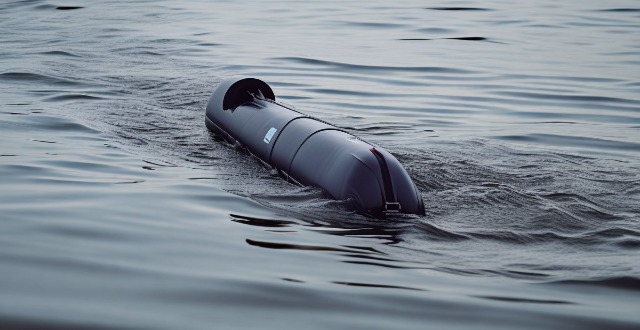Fitness trackers can be used for swimming, but they must be waterproof or swim-proof. Look for features such as heart rate monitoring, stroke analysis, distance and pace tracking, GPS, and long battery life. Make sure to wear the tracker properly, rinse it after each use, charge it regularly, and sync your data to track your progress.

Can Fitness Trackers Be Used for Swimming?
Overview
Fitness trackers have become increasingly popular in recent years, with many people using them to monitor their daily activities and exercise routines. However, the question remains: can these devices be used for swimming? In this article, we will explore the capabilities of fitness trackers when it comes to swimming and provide some tips on how to choose the right one for your needs.
Are Fitness Trackers Waterproof?
The first thing to consider when choosing a fitness tracker for swimming is whether it is waterproof. Most fitness trackers are designed to be water-resistant, which means they can handle splashes of water or brief immersion in water. However, not all fitness trackers are suitable for swimming. You should look for a device that is specifically labeled as "waterproof" or "swim-proof." These devices are typically rated according to their depth and duration of submersion, such as IP68 or 5ATM.
What Features Should You Look For?
When selecting a fitness tracker for swimming, there are several features you should consider:
- Heart Rate Monitoring: A good fitness tracker should have a heart rate monitor that works underwater. This will allow you to track your heart rate during your swim workouts.
- Stroke Count and Analysis: Some advanced fitness trackers can analyze your swimming strokes and provide feedback on your technique. This feature can help you improve your form and efficiency in the water.
- Distance and Pace Tracking: A fitness tracker that tracks distance and pace can help you monitor your progress and set goals for your swim workouts.
- GPS: If you enjoy open water swimming, a fitness tracker with GPS functionality can help you navigate and track your route.
- Battery Life: Since swimming can be a lengthy activity, it's important to choose a fitness tracker with a long battery life to avoid interruptions during your workouts.
Tips for Using Your Fitness Tracker in the Water
Here are some tips to help you get the most out of your fitness tracker while swimming:
1. Check the User Manual: Before using your fitness tracker in the water, make sure to read the user manual and understand its waterproof rating and any limitations.
2. Wear It Properly: Ensure that your fitness tracker is securely fastened to your wrist or ankle to prevent it from slipping off during your swim.
3. Rinse After Each Use: Even if your fitness tracker is waterproof, it's still a good idea to rinse it off after each swim to remove any chlorine or saltwater residue.
4. Charge It Regularly: Keep an eye on your fitness tracker's battery level and charge it regularly to ensure it doesn't die mid-workout.
5. Sync Your Data: After each swim session, sync your data with your smartphone or computer to review your performance and track your progress over time.
In conclusion, fitness trackers can be used for swimming as long as they are specifically designed for use in the water. When choosing a fitness tracker for swimming, look for features such as heart rate monitoring, stroke analysis, distance and pace tracking, GPS, and long battery life. By following these tips, you can make the most of your fitness tracker and take your swim workouts to the next level!